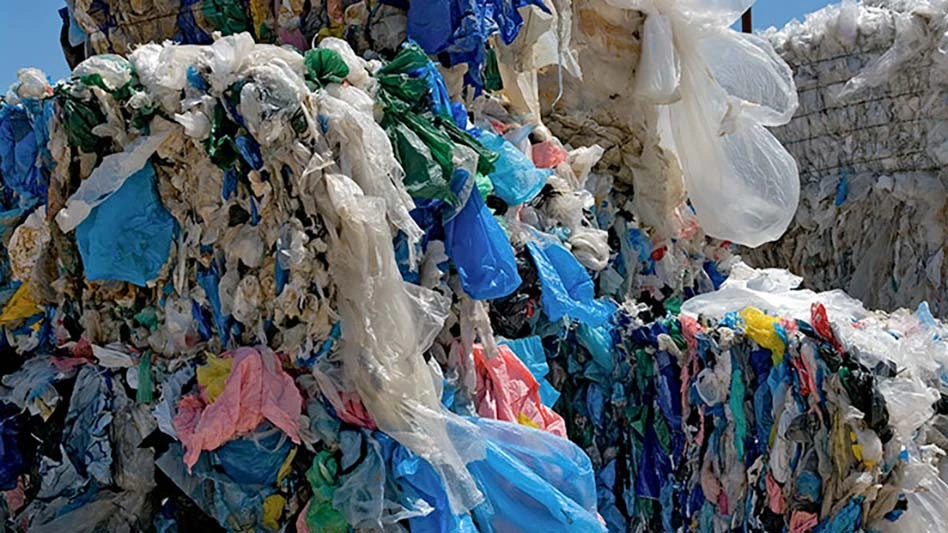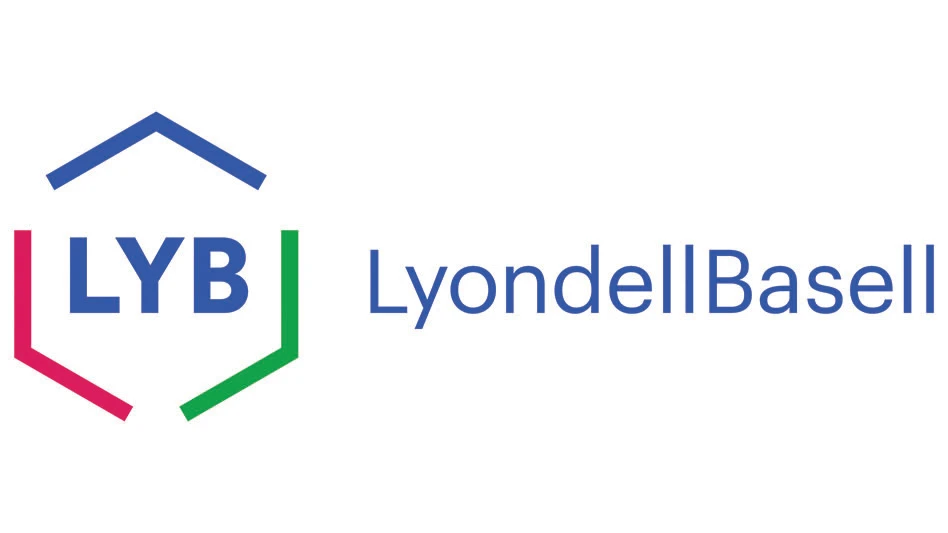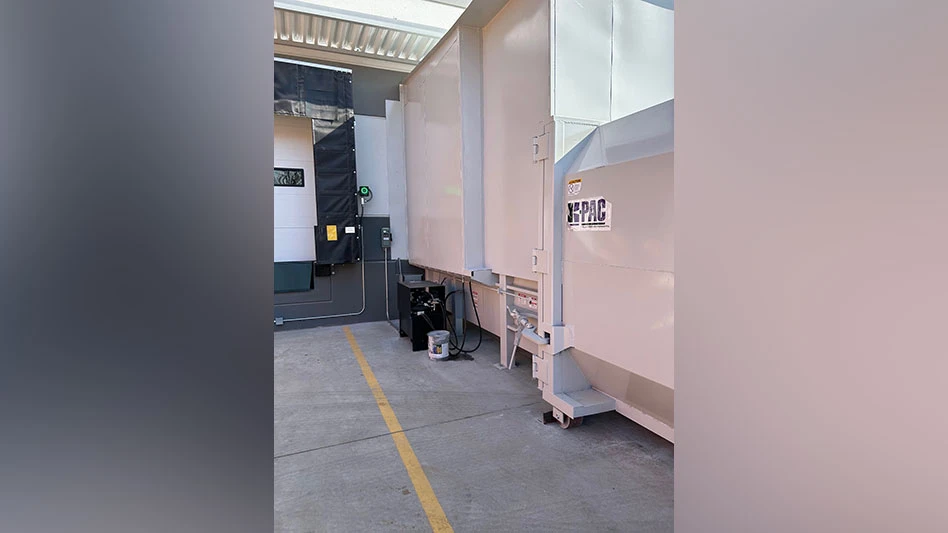
Huguette Roe | dreamstime.com
The Ocean Recovery Alliance, headquartered in Hong Kong, has released “Towards Circular Plastics: Assessing the Impact of Recycling Technologies in Tackling Plastic Pollution,” a report that assesses the potential role of chemical recycling in addressing plastic pollution.
The report leverages the data platform for plastic environmental analytics that provides global leakage and waste management metrics, Plasteax, to theoretically show how strategic mechanical and chemical recycling capacity growth could address mismanaged plastics.
“The projected continued increase in plastic production and consumption requires policies that restrain the demand and production of unnecessary products, alongside policies that enhance plastic collection and recycling," the report's executive summary says. "While primarily focusing on plastic production and consumption, emerging multilateral environment agreements could also unlock plastics recycling at scale undertaken in environmentally sound manners.”
The report acknowledges the need to prioritize systemic solutions to the plastic pollution problem but focuses on assessing the potential of chemical recycling to complement mechanical recycling as collection, sorting and semiprocessing capacities are expanded by extended producer responsibility (EPR) programs and new public/private financing models.
The report examines four scenarios for how hard-to-recycle plastic would be dealt with at end of life by 2040:
- business-as-usual (BAU), i.e., recycling increases marginally without policies supporting chemical recycling;
- delayed policy support for chemical recycling until 2030;
- early policy endorsement of chemical recycling and strategic plant locations with sufficient supporting infrastructure in Asia and Africa, for example; and
- integrated chemical recycling system established with targeted collection and sorting systems that also facilitate the expansion of mechanical recycling.
Among the report’s findings are that 40 million tons of plastic packaging and textile waste are mismanaged, leading to environmental pollution, and scaling up mechanical and chemical recycling could help reduce this mismanagement and mitigate plastic leakage.
“Mechanical recycling is an efficient option for clean, mainly single-polymer rigid plastic packaging,” the report states. “Chemical recycling offers the ability to recycle more complex or contaminated plastics, including mixed-fiber textiles. A combined approach of mechanical and chemical recycling technologies can tackle both easy-to-recycle and hard-to-recycle plastic waste, particularly in regions where plastic waste mismanagement is highest.”
In the BAU scenario, 75 million tons of hard-to-recycle plastic feedstock from packaging and textiles would be available by 2040, with 31 million tons coming from plastic that would otherwise be mismanaged. According to the report, chemical recycling technologies could process this hard-to-recycle plastic, with the data highlighting regional disparities and the need for region-specific recycling strategies that might require transboundary plastic trade, with local targeted improvements in collection and sorting systems.
Assuming an ideal scenario, by 2040, chemical recycling could handle up to 70 percent of the hard-to-recycle plastic packaging and textiles that would be mismanaged otherwise (22 million tons per annum), according to the report. The ideal scenario assumes that appropriate collection and sorting infrastructure have been established, mechanical recycling processes easy-to-recycle plastic and future technology developments can improve chemical recycling. It does not consider the economic viability of chemical recycling or other limitations. Under these considerations, according to projections, properly scaled chemical and mechanical recycling, supported by policy, could process a substantial portion of this material.
Under a systems change scenario, which involves implementing reduce, reuse and extended producer responsibility programs, hard-to-recycle plastic feedstock for recycling comes largely from managed postuse plastic. “To avoid building lock-in infrastructure with a high risk of becoming stranded assets, chemical recycling projects should plan and size within the range of both BAU and system change scenarios,” according to the report.
“The growth of the recycling industry can bring about societal benefits, such as green job creation [and] cleaner ecosystems and communities, which are hard to value, but these outcomes are what have driven the negotiations to create a UN Plastic Treaty in the first place—to reduce the externalities of plastic pollution,” the report reads. “With any industrial development, however, the scaling of the recycling industry may bring externalities, and the impacts of these, as well as the benefits created from such collection and remediation of waste materials, were out of the scope of this report.”
Get curated news on YOUR industry.
Enter your email to receive our newsletters.
Latest from Recycling Today
- Combined DRS, EPR legislation introduced in Rhode Island
- Eureka Recycling starts up newly upgraded MRF
- Reconomy Close the Gap campaign highlights need for circularity
- Nickel carbonate added to Aqua Metals’ portfolio
- EuRIC, FEAD say End-Of-Life Vehicle Regulation presents opportunity for recyclers
- Recyclers likely to feel effects of US-China trade war
- BCMRC 2025 session preview: Navigating battery recycling legislation and regulations
- Yanmar Compact Equipment North America appoints new president






